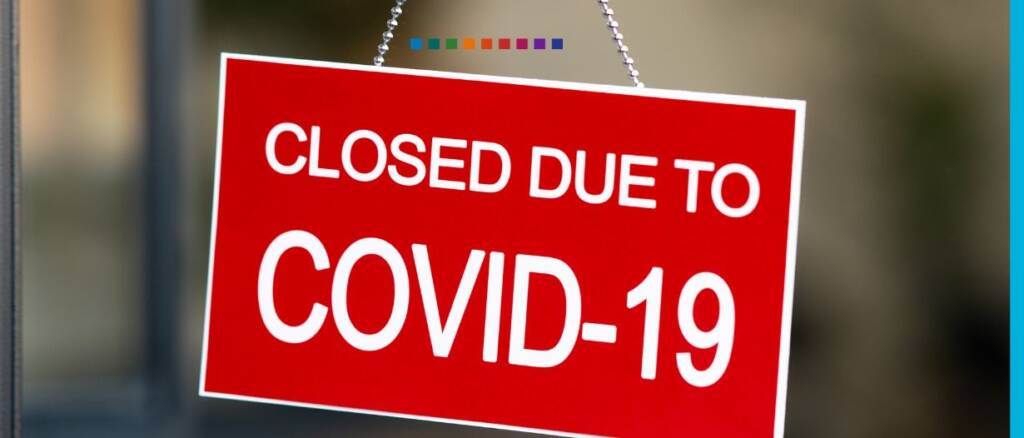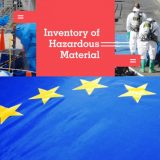The international shipping industry will fail to tackle its global greenhouse gas (GHG) emissions unless it puts in place rules that truly reflect the climate impact of shipping fuels, a new report finds.
The report, entitled “Exploring the relevance of ICAO’s Sustainable Aviation Fuels framework for the IMO”, has been released by Environmental Defense Fund (EDF) and University Maritime Advisory Services (UMAS).
As explained, the report is the first of its kind to explore whether the processes for delivering rules for sustainable marine fuels can be sped up using lessons learnt from aviation, a sector which is a natural comparison for the maritime industry and which is facing similar challenges in transitioning to sustainable alternative fuels.
Shipping is the lifeblood of the global economy. The international maritime sector transports roughly 90% of world trade and emits more CO2 than all but five countries. Without urgent climate action, these emissions are set to at least double by 2050. The world’s countries have committed within UN’s International Maritime Organization (IMO) to reducing GHG emissions by at least 50% by 2050, and acknowledge that to meet this target the sector must make the switch from fossil fuels to alternative fuels to deliver on this ambition. Previous studies have shown that zero-emission vessels need to enter the fleet at scale from as early as 2030.
Specifically, the report considers how sustainable aviation fuels (SAF) or eligible fuels elements of the International Civil Aviation Organization’s (ICAO’s) market-based climate program, the Carbon Offsetting and Reduction Scheme for International Aviation (CORSIA), could be adopted in the context of shipping. The analysis shows that ICAO’s SAF framework offers “a solid blueprint” for the shipping sector.
What is more, the report identifies areas where the IMO should be more ambitious than ICAO to ensure that shipping transitions away from fossil fuels. The study warns the IMO not to create “perverse incentives” which could promote fuels that could worsen the climate crisis.
“Using the most appropriate science is key to making the right decisions for our environment. Shipping, as aviation, should ensure that all the emissions from a fuel – from the production to the distribution to the combustion itself – are accounted for if we are to understand the real climate impact,” Nishatabbas Rehmatulla, Senior Researcher, UCL and Principal Consultant, UMAS, commented.
“A meaningful policy must incentivise a fair, sustainable and non-perverse shift away from fossil and avoid the risk that emissions are simply shifted elsewhere. Getting this right is mission critical to the shipping industry’s decarbonisation pathway” Rehmatulla added.
“The International Maritime Organization and the shipping industry need to put in place the right rules for alternative fuels to truly drive the decarbonisation of the sector and it does not need to start from scratch. The rules recently adopted by ICAO offer valuable lessons and a good starting place for the IMO to chart its course toward a genuinely sustainable shipping sector” Aoife O’Leary, Director, Environmental Defense Fund, said.
Key findings and recommendations
In the absence of robust accounting rules, the climate benefit of alternative fuels can be completely undermined, UMAS and EDF said. Shipping must adopt a full lifecycle perspective, accounting for all greenhouse gas emissions, including methane, and ensure accurate calculations of both the direct and indirect impacts of emissions associated with the whole supply chain — extraction/production, transport/distribution and combustion — of the fuel.
It is a complex task, but ICAO has successfully done it for aviation and the IMO can use this work to jump-start its own progress, according to the report.
EDF and UMAS suggest that careful rules must be applied to ensure that the use of biofuels has a real climate benefit.
“Shipping must ensure that biofuels are not automatically granted a zero-emission status. The CORSIA framework sets out explicit rules for calculating emissions reductions for each biofuel pathway. It does not automatically allow all biofuels to claim zero carbon combustion emissions (as some other emissions accounting systems have done), as their lifecycle emissions can in some cases approach or even exceed those of petroleum fuels,” the duo pointed out in the report.
Authors from EDF and UMAS are also calling on the IMO to adopt strict rules on transparency to ensure that shipping companies accurately report their emissions, and don’t double count emission reductions.
They also want IMO to allocate adequate resources and draw on the experience and lessons learned from ICAO, where appropriate, to get these rules right.
Source: offshore-energy






